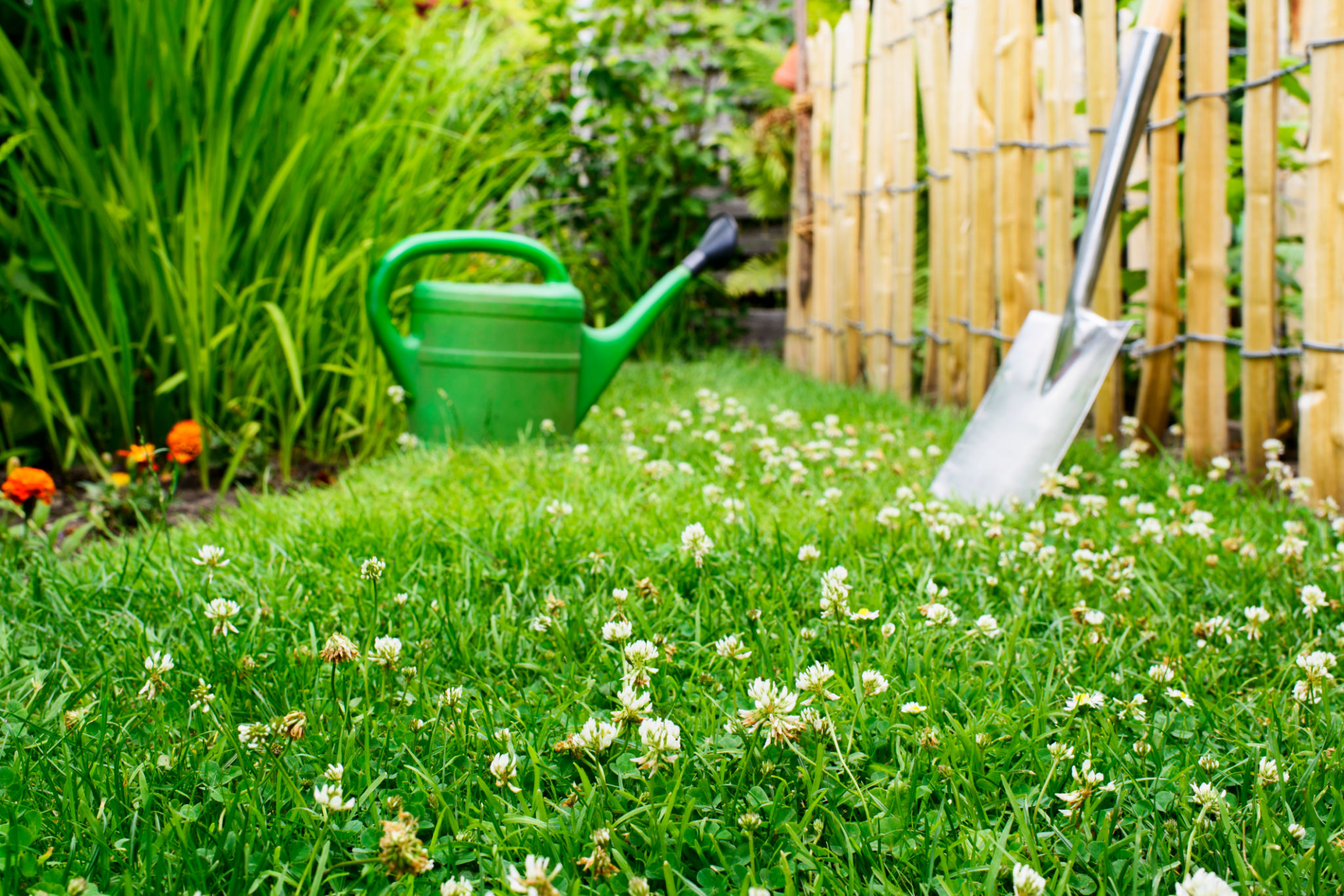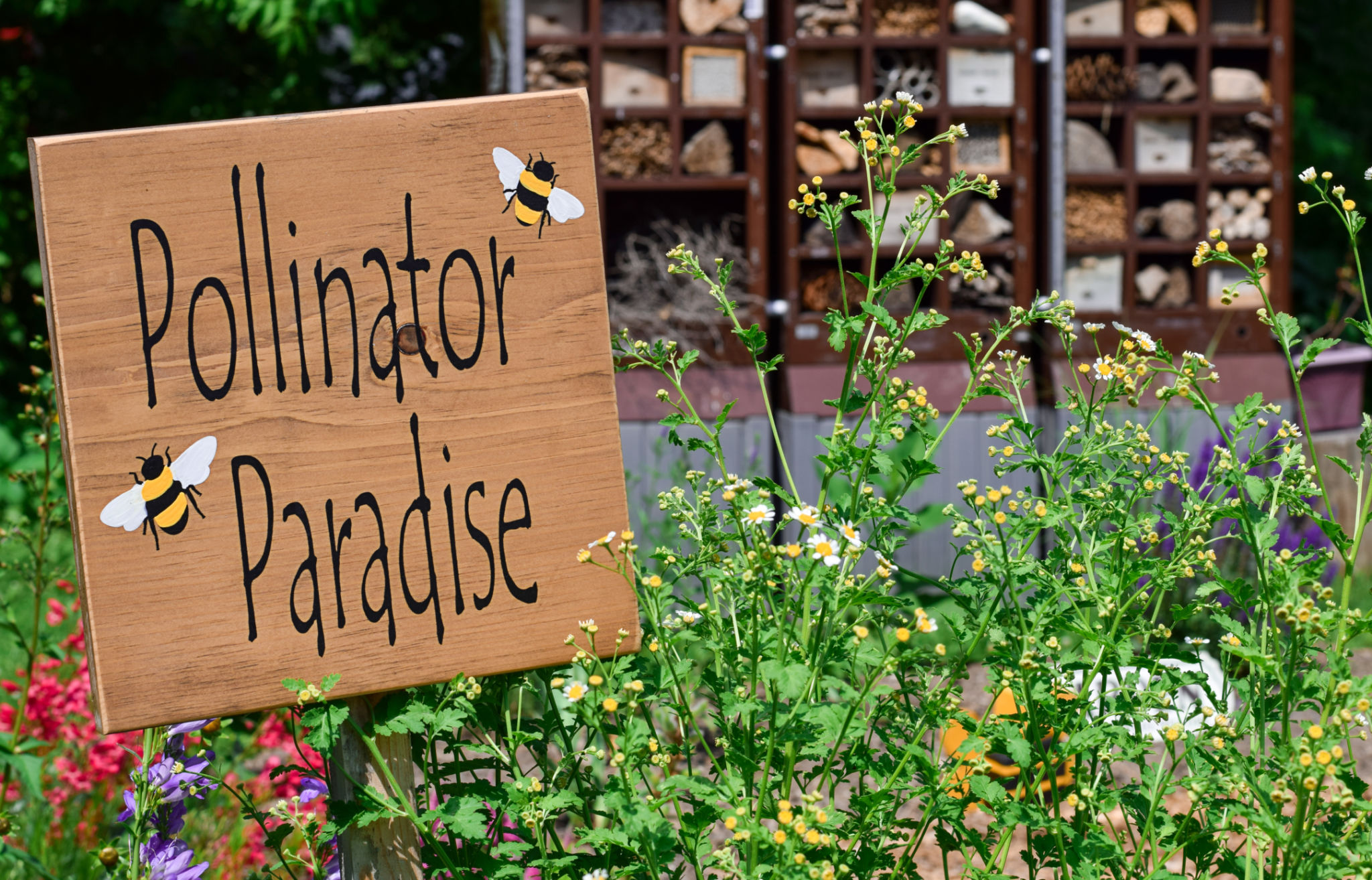Pollinator-Friendly Landscapes: How Clover Lawns Support Local Ecosystems
Understanding the Importance of Pollinators
Pollinators play a critical role in maintaining healthy ecosystems and supporting biodiversity. They are responsible for the reproduction of many plants, including those that produce fruits and vegetables we rely on. Without pollinators, our ecosystems would struggle, and food production would decline significantly.
Unfortunately, pollinator populations are declining due to habitat loss, pesticide use, and climate change. This trend is concerning, but the good news is that we can all contribute to reversing it by creating pollinator-friendly landscapes. One effective way to do this is by incorporating clover lawns into our gardens and outdoor spaces.
What Are Clover Lawns?
Clover lawns are an alternative to traditional grass lawns, featuring clover as a primary component. Clover, particularly white clover (Trifolium repens), is a low-growing, nitrogen-fixing plant that offers numerous benefits for both the environment and homeowners. Unlike conventional grass lawns that require frequent mowing, fertilization, and watering, clover lawns are more sustainable and pollinator-friendly.
Clover provides nectar and pollen for various pollinators such as bees and butterflies. By integrating clover into your landscape, you create a haven for these essential creatures, supporting their populations and enhancing the overall health of your local ecosystem.

Benefits of Clover Lawns
There are several advantages to choosing a clover lawn over a traditional grass lawn:
- Low Maintenance: Clover requires less mowing and watering, saving time and resources.
- Soil Improvement: Clover naturally enriches the soil with nitrogen, reducing the need for chemical fertilizers.
- Pest Resistance: Clover is more resistant to pests and diseases than conventional grass lawns.
- Biodiversity Support: By attracting pollinators, clover lawns help support local biodiversity.
How to Establish a Clover Lawn
Creating a clover lawn is relatively simple. Follow these steps to get started:
- Prepare the Soil: Remove existing grass or weeds and loosen the topsoil.
- Sow Clover Seeds: Spread clover seeds evenly over the prepared soil.
- Water Regularly: Keep the soil moist until the clover establishes itself.
- Mow Sparingly: Once established, mow the clover infrequently to maintain its health and appearance.

Tips for Maintaining Your Clover Lawn
Once your clover lawn is established, maintenance is straightforward. Here are some tips to keep it thriving:
- Avoid Over-Watering: Clover is drought-tolerant, so water only during extended dry spells.
- Limit Pesticide Use: Refrain from using pesticides that can harm pollinators.
- Let it Bloom: Allow clover to bloom periodically to provide food for pollinators.
The Impact on Local Ecosystems
Clover lawns do more than just support pollinators—they have a positive impact on the entire local ecosystem. By providing habitat and food sources for a range of species, clover lawns contribute to a balanced and diverse environment. This biodiversity is crucial for ecosystem services such as pest control, soil fertility, and climate regulation.
Conclusion: A Step Towards Sustainability
Transitioning to a clover lawn is a small but significant step towards environmental sustainability. It aligns with efforts to create resilient landscapes that support our planet's invaluable pollinators. By making this change, you not only enhance the beauty of your outdoor space but also contribute to the preservation of essential ecosystems for future generations.
